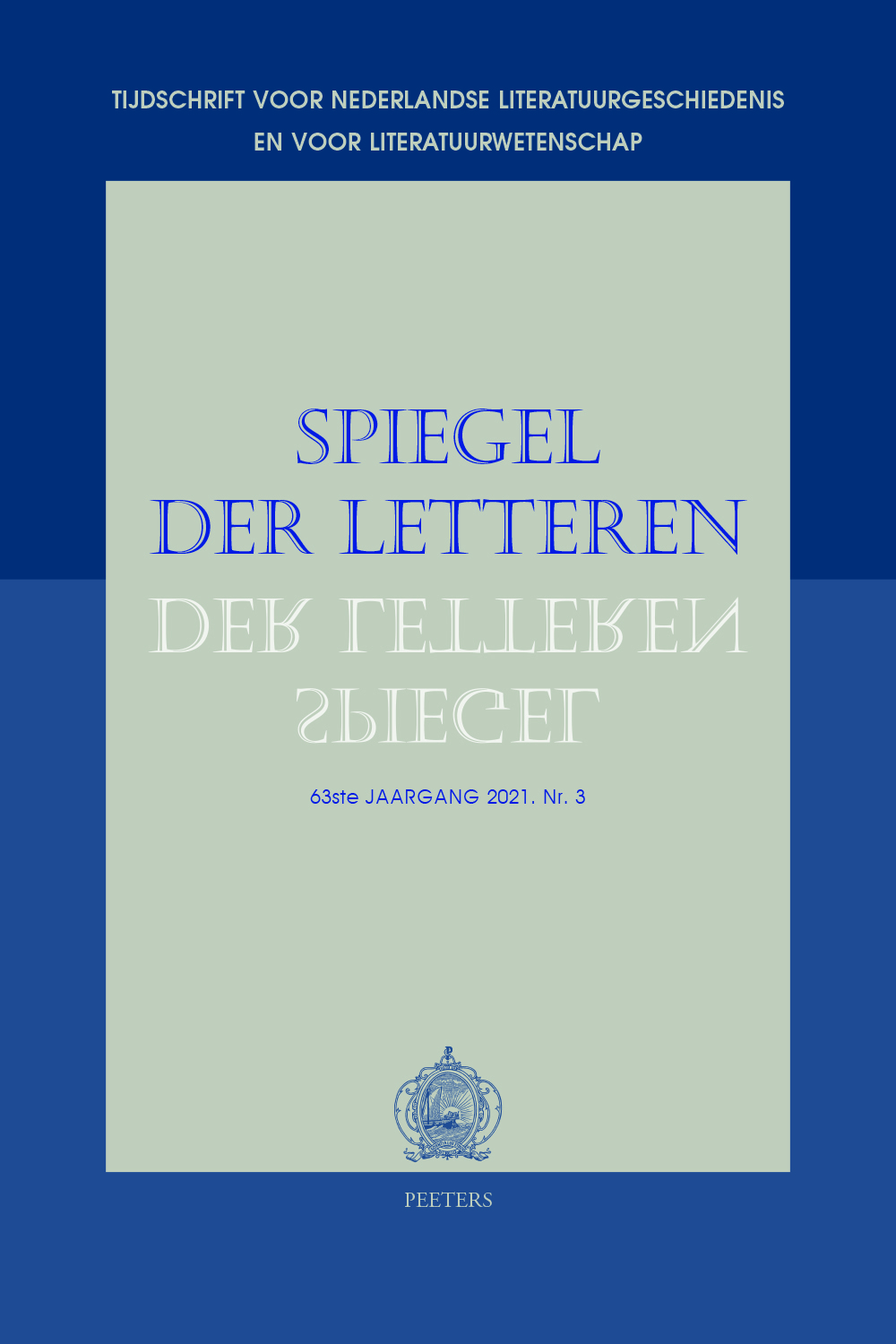 previous article in this issue previous article in this issue | next article in this issue  |

Preview first page |
Document Details : Title: Goethes luisterboek Hermann und Dorothea en zijn Nederlandstalige bewerkingen Author(s): SCHENKEVELD-VAN DER DUSSEN, Riet Journal: Spiegel der Letteren Volume: 52 Issue: 2 Date: 2010 Pages: 159-183 DOI: 10.2143/SDL.52.2.2049205 Abstract : This article deals with the reception of Goethe’s Hermann und Dorothea in the Netherlands and Flanders between 1826 and 1998. The first translation was, exceptionally, in prose, by the Dutch author and notary public C. ten Hoet Jzn, in 1826. Flanders followed with the hexametric translations by Frans Willems (1864) and J. Brouwers (1885). Both were school teachers who primarily used their translations to show the possibilities of the Flemish language for higher literature. In the Netherlands, the important publishing house of A.W. Sijthoff participated in an ambitious international enterprise which offered the poem in Germany, England and the United States in an artistic form with an elaborate gold stamped binding and ten mounted albumen photographs (1885). The Dutch translator was once more a teacher, Antonie L. de Rop. In 1885, too, A.W. Dewald, author of various school texts, published his translation. The 20th century saw translations by Hendrik Pierson, minister and director of philanthropic institutions for unmarried women and their children (1918) and Maarten Looij (1998), again a teacher. Initially, Goethe was seen as the dangerous and immoral author of Werther and Faust. The small epic idyll served the purpose to show him in a more favourable light. It was intended by Goethe to be an important de monstration of the role of the ‘Weltschicksal’ in the life of ordinary people, at the time of the French Revolution. The translators hardly paid attention to this aspect and presented the idyll as a beautiful and innocuous story, suitable to be read aloud to women and children. |
|


